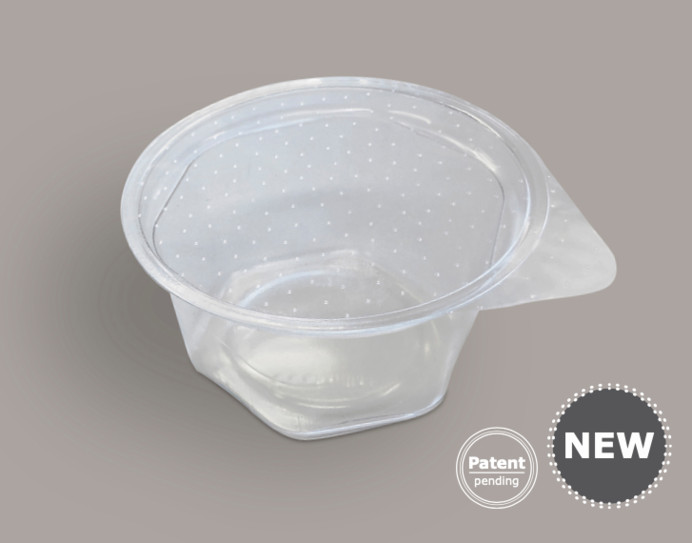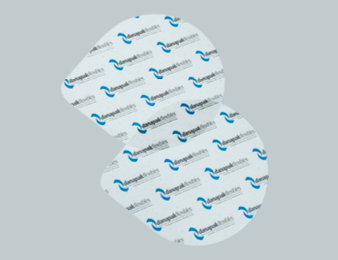Sustainable heatsealable lids made by reused plastics
The requirement to sustainable packaging is continuously increasing. The work is diligently progressing to adjust various types of packaging to make reuse easier and obtain the future goal
of 65% reuse of all packaging in 2030. A lot of different initiatives in different countries are taken to adapt different types of wastecollection and reuse systems. To re-think waste and reuse cycles are necessary.
Based on minimized material consumption and the possibility to customise barrier properties, flexible packaging is securing the shelf life of the
foodstuff and thereby contributes to reduce was- te of food significantly. Lately the Danish business community has declared its readiness to take the task to reuse the large quantities of packaging in the short run as well as in the long run including all kind of flexible packaging through establishment of a collective solution, where the companies accomplish a joint respon- sibility.
The Declaration of Intent was signed and announced in March 2020 by the Danish Industry, The Danish Chamber of Commerce and Danish Agriculture & Food Council.
In 5 years the target is to reuse all kind of flexible packaging in the manufacture of new packaging materials or other relevent purposes through chemically sorting and cleansing of the collected waste. In this conjunction the future combinations of materials in the flexible packa- ging will play a minor roll.
For the time being the various countries are aiming to reduce the use of different materials in the packaging through “mono” materials, there- by making it easier to reuse the packaging materials. As the “mono” materials still contain other materials than the basic materials, it is limited what can and actually are being reused. The disadvantage with these materials is the packaging is often being made significantly thicker to comply with the allowed percentage for mono-materials. This results in the opposite effect with thicker materials than intended, as more packaging have to be incinerated.
Never the less, a clear trend of reuse in almost all declarations of intensions from authorities and organisations are being seen. Experience has shown that polyester (PET) is the easiest pla- stic material to reuse and in this area collection systems have already been fully implemented to e.g. PET bottles (soda bottles etc.).
A typical lifecycle is that the PET resin is used to e.g. soda bottles, water bottles or salad trays and thereafter being reused and waste managed.
The collected PET-waste is chemically decompo- sed and cleansed in large existing facilities and the cleansed resin is e.g. being used to new raw materials for manufacturing of flexible packaging based on Post Recycled Polyester (PCR PET or just RPET)
Danapak Flexibles has developed specifications based on RPET and can now offer environmen- tally friendly and sustainable heatsealable lids sealing to PP, APET, PS and carton/PE tubs. These specifications starts at 36 micron basic material but now with 70% RPET. The properties are fully comparable with the APET based heatsealable lids which are used today and the applications are the same e.g. dressing, yoghurt, salad etc. In other words this is sustainable packaging that can already contribute to achieve the overall goals regarding reuse without creating more unnesessary wastage. The new sustainable heatsealable lids can be delivered with a custom- made co-extruted sealing layer which gives the combination of high sealing strength and easy opening. The heatsealable lids can be delivered with printed design through the newest printing technology, 100% transparent or with partly print with look to the product.
Disclaimer:
Above article is meant as reliable and accurate, but without guarantee from our side. It is recommended to test the product before production in larger scale. The materials are produced by Danapak Flexibles A/S and sold referring to Danapak Flexibles’ General Sales – and Delivery Conditions.



